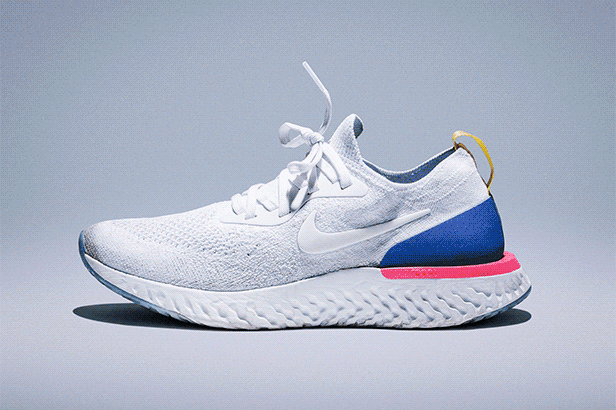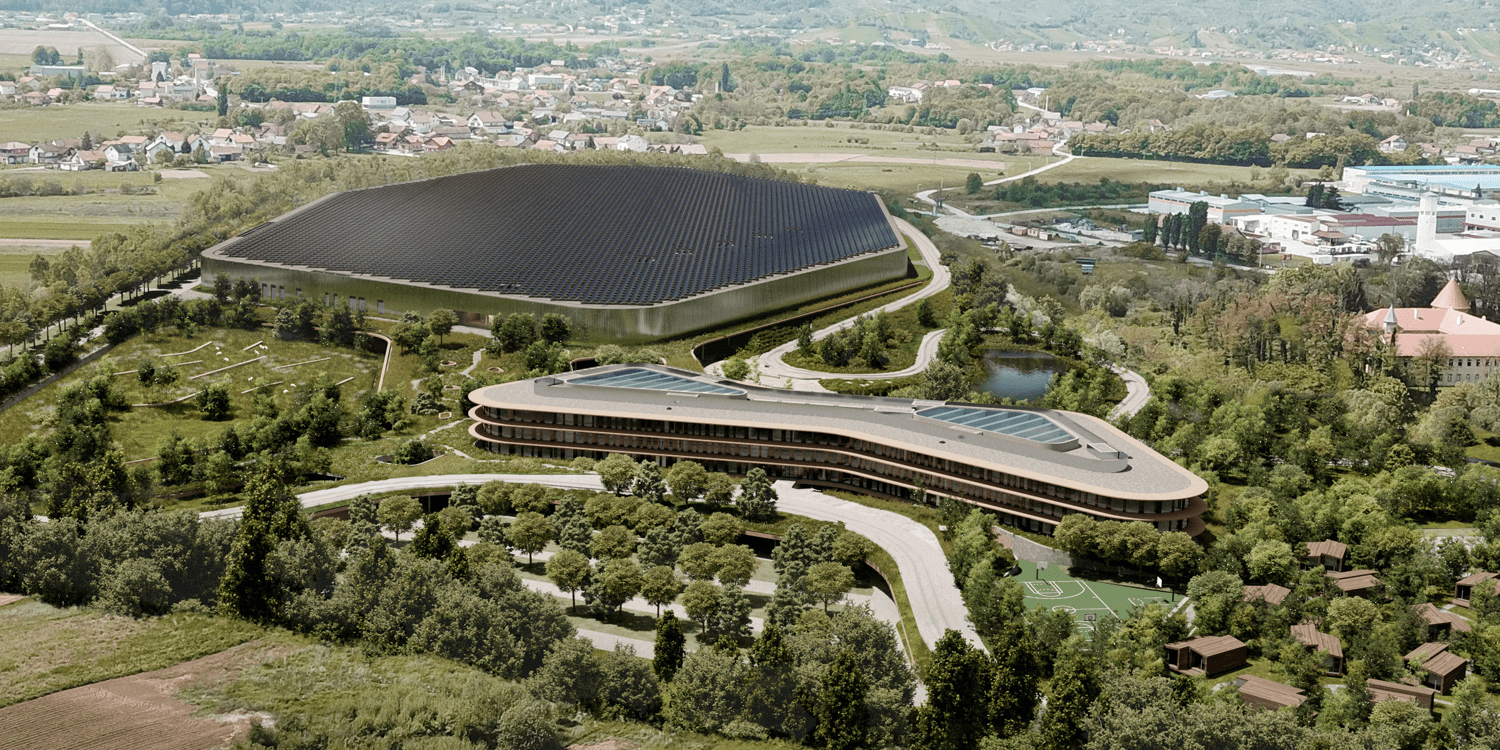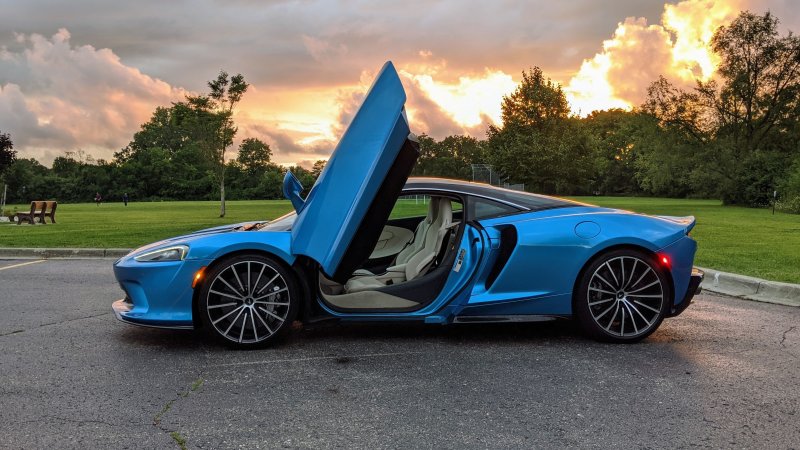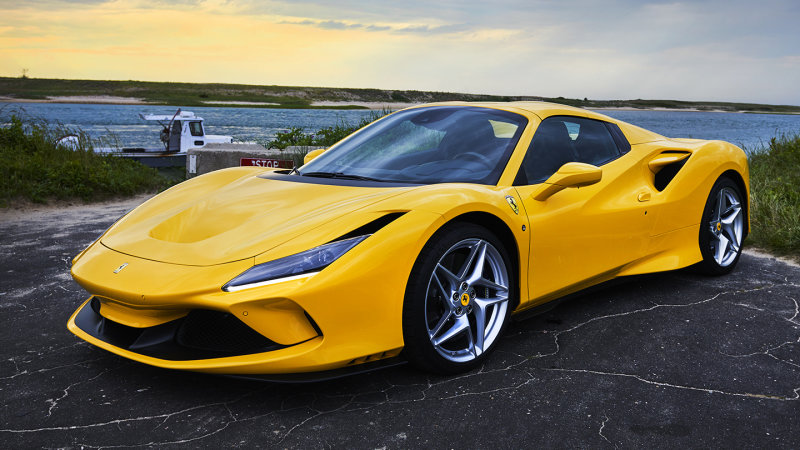The Boost franchise is crushing the competition. It’s what thrust Adidas back in the spotlight after trailing Nike for so long. Solarboost is the latest shoe in the collection and it combines a few of Adidas’ best-selling franchises into one sneaker. The neutral runner works as an everyday trainer, and handles long and short runs with ease. We tested a pair for 30 days to see how they hold up, and where on the Boost spectrum they fit.
The Good: I love the Boost technology. The little foam capsules that are melted together provide a soft, yet durable cushion underfoot — so I can run for two miles, or ten. Compared to the Ultraboost All Terrain (which I ran in quite a bit this winter and spring), the upper on the Solarboost has more structure.
Who They’re For: The Solarboost is for both long and short distance runners, as well as people who like the Boost sneaker, but want a bit more support in the toe box and upper.
Watch Out For: I found the Solarboost to run a little large. I normally go a half size up for running shoes (compared to my day-to-day sneakers), but when I did that with the Solarboost, the shoes felt clown-like with how big they were.
The upper is not the knit I’ve come to expect from Adidas. The Solarboost features a stretchy material supported with laminated stripes across the toe box and the cage is mostly fabric as opposed to a plastic that tightens around the arch of the foot.
Alternatives: Design-wise, the Adidas Alphabounce sneakers ($100) have a similar cushioning underfoot — the foam extends outside of the toebox on both the lateral and medial sides of the shoe. The Adidas Ultraboost ($200) sneakers have a similar cushioning and heel cup feel.
Review: When the Ultraboost first launched in January of 2015, I was quick to jump on the Boost bandwagon. I’ve run through many iterations of Boost — from the Ultraboost X to the latest SpeedFactory AM4NYC. Some have worked for me, and some have not. The Solarboost is the latest to join the Boost family and I was very excited to test them to see where they’d fall on the spectrum.
In the past, I’ve struggled with the arch support provided in some of the floating arch Boost models (like the Ultraboost X), and the lack of a cage on some of the Ultraboost All Terrain models. But I had none of those issues with the Solarboost.
The fibers used along the cage of the Solarboost feature Parley yarns (recycled from plastic bottles), as are the heel counter and layer of molded foxing along the outside of the sneaker where the upper meets the sole. While I’m more apt to reach for an all-black sneaker, the grey Solarboost looks more neutral for those who don’t want anything bold on their feet.
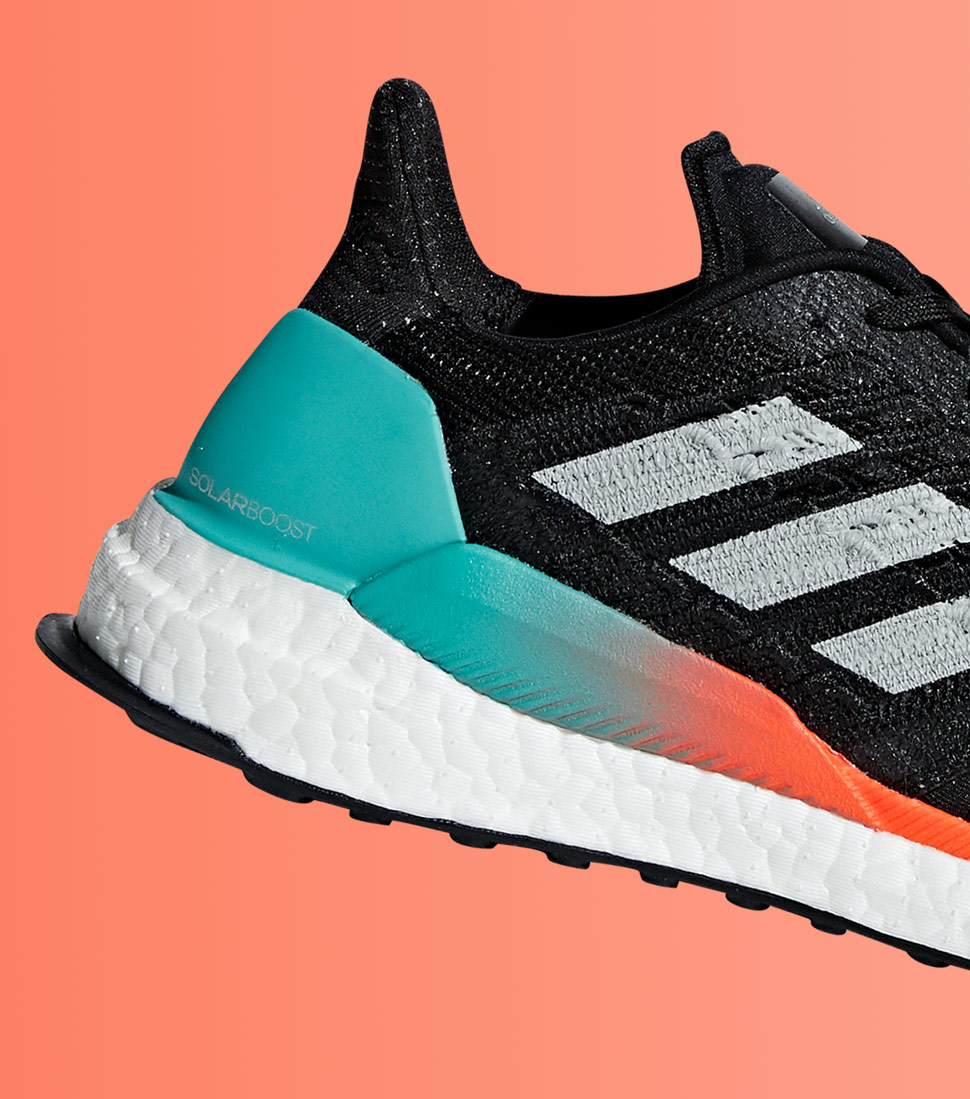
The cushion underfoot performed the same as past Adidas boost models. The Solarboost are padded and soft, yet firm. When I slipped the sneakers on, it felt like I was walking on clouds. I ran in a variety of conditions ranging from 20 to 60 degrees, yet the foam continuously felt the same. Foam typically gets softer in the heat and stiffer in the cold, but with the Boost cushioning, that’s not a worry. After two miles into my first run, I started to get the same foot pain that I normally do with stability shoes. However, a quick stop to entirely loosen the laces and tongue seemed to fix it. I have not had any issues since the first couple of miles. While I mostly enjoyed running in the Solarboost outdoors on concrete, pavement and trails, the feel of them on treadmills was almost perfection. They survived many a Mile High Running class, plus the new Peloton Tread, which had me both on and off the treadmill. My joints never cried out while on the Tread, which they have been known to do.
Verdict: If you like Adidas Boost cushioning, but have struggled in the past with getting enough support, the Solarboost might be the shoe for you. While the upper is less breathable than the knit of other Adidas Boost shoes, the Solarboosts are a smidge lighter so it’s plausible that you could get in both track work and long runs. If you’re running on a treadmill, I highly recommend the Solarboost. They performed best in classes, and can work as a gym sneaker if you’re going from the treadmill to the weight room.
What Others Are Saying:
• “The Solar Boost has a similar cushioned midsole to previous Adidas Boost shoes, but replaces the rigid midfoot cage with a lightweight fabric designed to keep the foot locked into place over that foam. The shoe also has new construction to secure the heel at the midsole, which is intended to help the Achilles move freely and focus a runner’s energy forward. Our testers found the shoe provided a relatively neutral platform and comfort for long runs.” — Caitlin Giddings, Runner’s World
• “In general, the Solar Boost provided a snappy ride and were extremely responsive. The added bounce, thanks to their midsole technology, also helped to focus energy forward and encouraged a quicker pace. Plus, with their wider heel, it’s easy to feel more grounded.” — Nicolle Monico, Competitor Running
Key Specs
Weight: 10.4 oz
Drop: 10mm
Hot takes and in-depth reviews on noteworthy, relevant and interesting products. Read the Story


